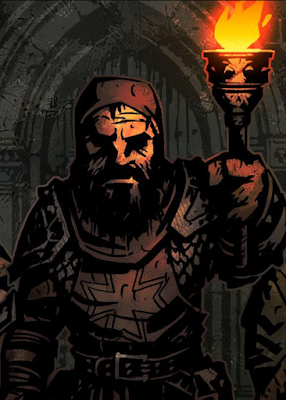Under the earth, beyond the reach of the sun's rays, where light is precious and maintaining torches and lanterns is a matter of life and death, the powder moth is a fearsome pestilence.
 |
| Mothra |
By the standards of terrestrial moths (of the sort well known to surface-dwellers), powder moths are enormous*. Fully grown, each is the size of a mid-sized dog with a wingspan wider than a man's outstretched arms.
Powder moths are drawn ineluctably to light and if they come into direct contact with open flame they explode violently.
Powder Moth
Armor Class: 8 (unarmored)
Hit Dice: 1-1 (HP2)
Attacks: None, see Special
Move: Fly x2 speed of unencumbered human
Saves: 15+
Morale: Drawn to light, avoids all other contact
Number Appearing: 1d6
Treasure: Corpse is worth 100GP to an alchemist.
Special: Drawn to any light source and explodes on contact with open flame dealing d6 blast damage to all creatures in immediate proximity. Enclosed flames (e.g. glass lantern) won't detonate moths but moths will collide with the light source repeatedly.
___
Powder moths infest subterranean areas and feed on Yellow Mold (a la AD&D Monster Manual).
Although they are reviled by torchbearers and linkboys, delvers often hesitate to exterminate populations of moths because their removal typically results in rapid fungal expansion.
The wings of dead moths can be carefully ground to produce a black powder used in the production of grenades and as propellant for cannons. It is rumored that the Imperial legions farm powder moths in depleted mines to supply their artillery.
*Powder moths (and other large chthonic moths) are dwarfed by the truly titanic moths that live in the outer void, with bodies large enough to host cities.
Discussion
I've been trying to come up with some unique low-level monsters for my wandering monster tables. I want adversaries that are hazard/challenges rather than just HP piles to chop through.
The presence of powder moths adds a layer of consideration (the ever-popular torch & molotov load-out becomes a risky move) that should make an area feel distinct.
The first time these are encountered they'll be a real threat. Explosion followed by darkness.
Once the party has figured out a strategy to defeat them, they become a resource rather than a danger. I can imagine all sorts of PC schemes to hunt moths for their explosive potential.






